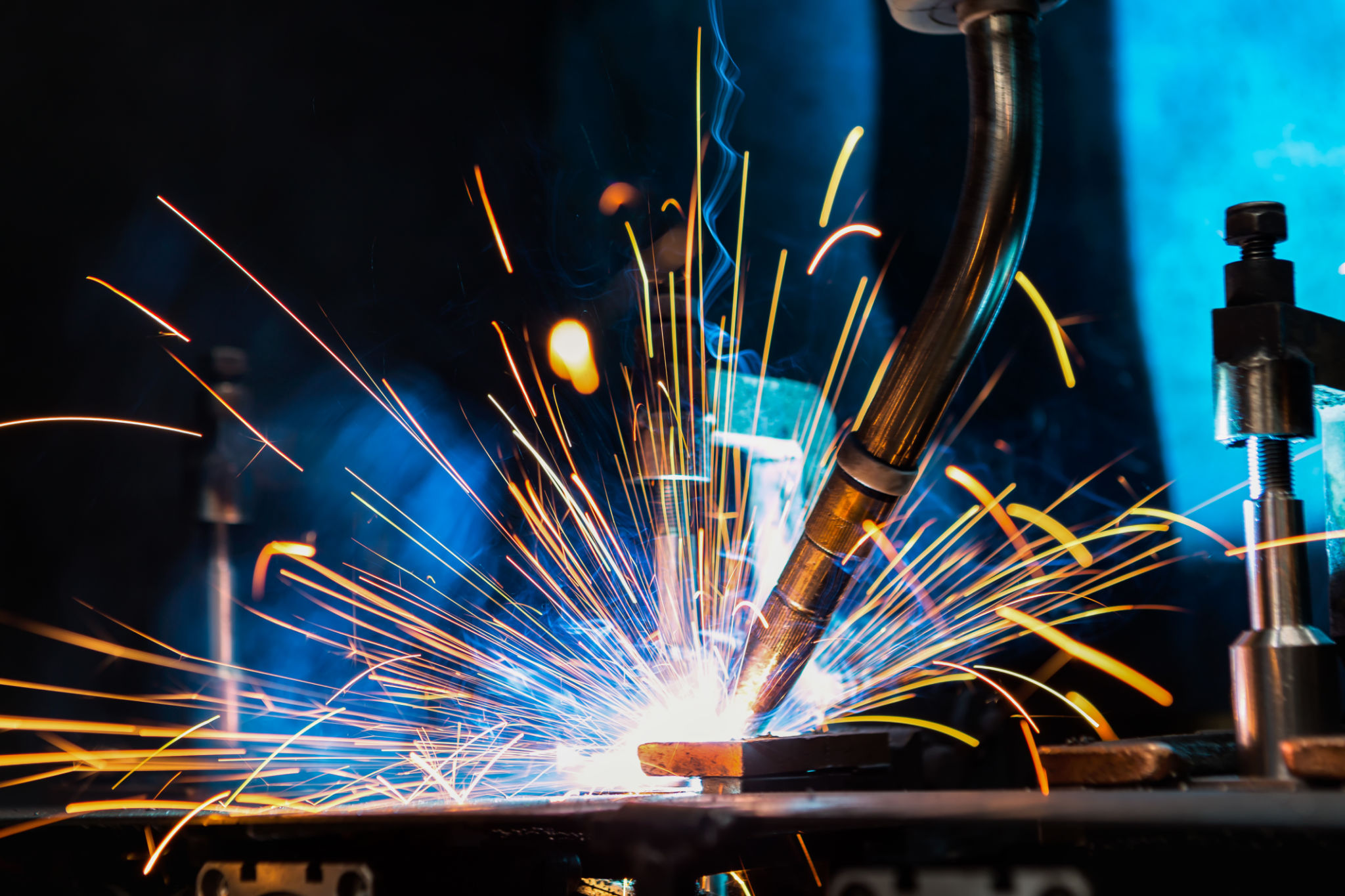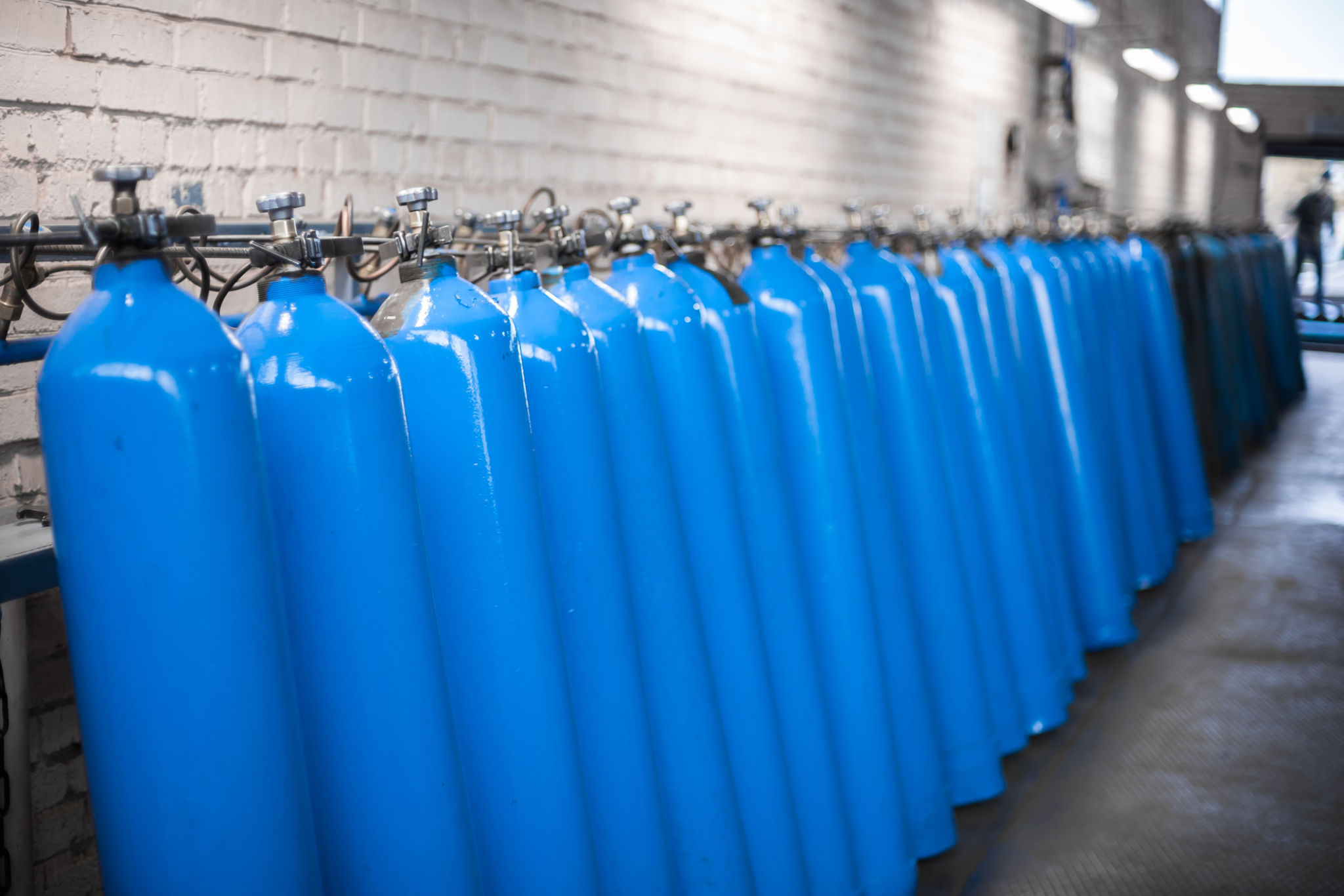Choosing the Right Gas Mixture for Welding Applications
Understanding Gas Mixtures in Welding
Welding is a precise craft that often requires as much attention to the materials and tools as it does to the technique. One of the most critical components in achieving a successful weld is the choice of gas mixture. Selecting the right gas mixture can significantly affect the quality, appearance, and strength of the weld.
Gas mixtures serve multiple purposes in welding, such as protecting the weld pool from atmospheric contamination, stabilizing the arc, and even influencing the mechanical properties of the welded joint. Therefore, understanding which gas mixture to use for specific applications is crucial for any welder aiming for optimal results.

Common Gas Mixtures and Their Applications
Argon-Based Mixtures
Argon is one of the most commonly used gases in welding due to its inert properties and its ability to produce stable arcs. It is often used in gas tungsten arc welding (GTAW) and gas metal arc welding (GMAW). Argon-based mixtures are particularly useful for welding non-ferrous metals like aluminum and copper.
However, when welding ferrous metals, argon is typically mixed with other gases such as carbon dioxide or oxygen to improve penetration and arc stability. These argon-based mixtures are versatile and can be tailored to meet specific welding requirements.
Carbon Dioxide Mixtures
Carbon dioxide (CO2) is another popular choice for welding gases, especially in metal inert gas (MIG) welding. Pure CO2 provides deep penetration and is cost-effective, making it ideal for heavy-duty applications like structural steel work. However, it can produce a more turbulent arc, leading to increased spatter.

To mitigate this, CO2 is often mixed with argon to achieve a balance between penetration and arc stability. This mixture is commonly used in automotive and manufacturing industries where both cost-efficiency and weld quality are crucial.
Specialty Gas Mixtures
Helium Mixtures
Helium is another inert gas that is sometimes added to argon or argon-CO2 mixtures to increase heat input. This is particularly beneficial when welding thick materials or when faster welding speeds are required. Helium-rich mixtures are often used in applications involving stainless steel, copper, and aluminum.

Oxygen-Enriched Mixtures
While oxygen is not an inert gas, small additions to argon-based mixtures can enhance arc stability and improve weld pool fluidity. This is especially useful in spray transfer processes. However, excessive oxygen can lead to oxidation and should be carefully controlled.
Selecting the Right Mixture for Your Needs
Choosing the correct gas mixture involves considering several factors including the base material, welding position, thickness of the material, and desired weld properties. It's also important to consult with suppliers or manufacturers who can provide guidance based on their experience with specific applications.
In conclusion, understanding the role of different gas mixtures in welding is fundamental to achieving high-quality results. By selecting the right combination of gases, welders can enhance their work efficiency, reduce costs, and ensure strong, durable welds.
